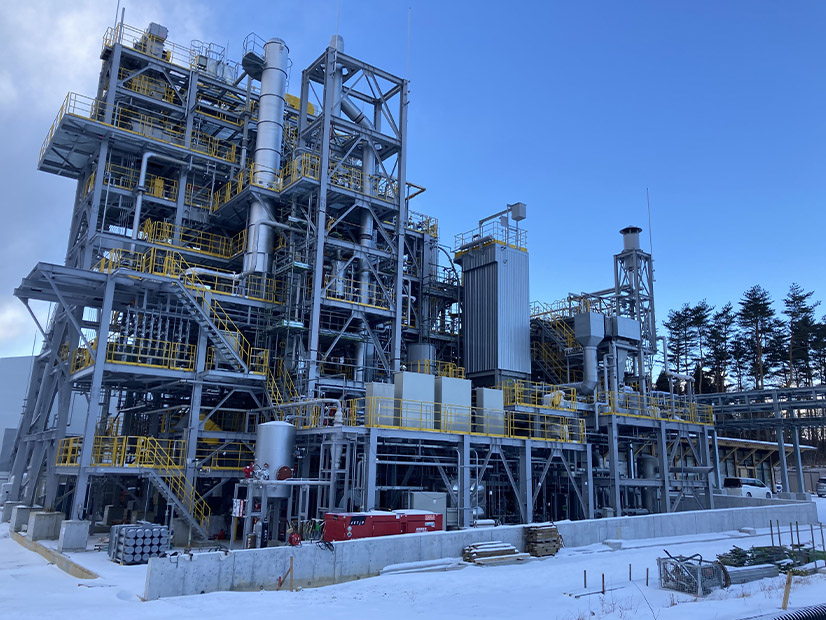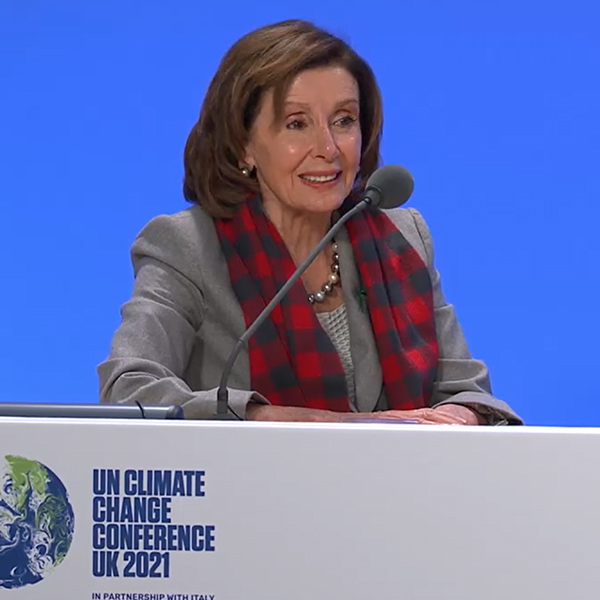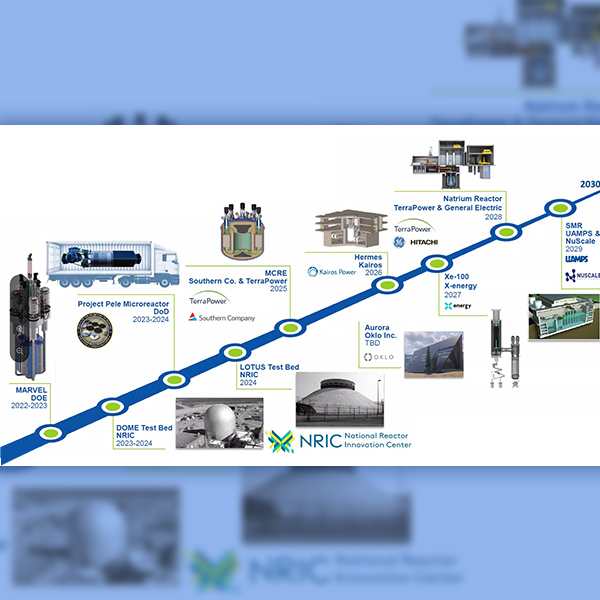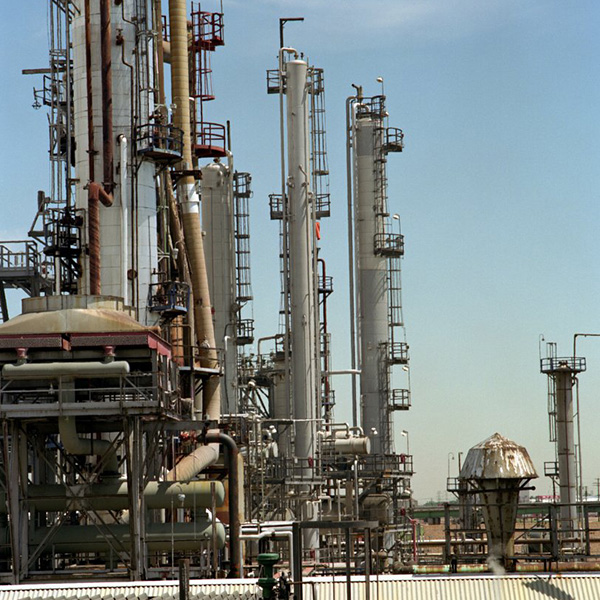Carbon Capture
Tax credits in the Build Back Better Act could increase carbon capture capacity 13-fold while taking 290 million tons of carbon out of the atmosphere per year.
A Glasgow press conference set the stage for battles ahead as Dems head back to Capitol Hill determined to pass the $1.75 trillion budget reconciliation bill.
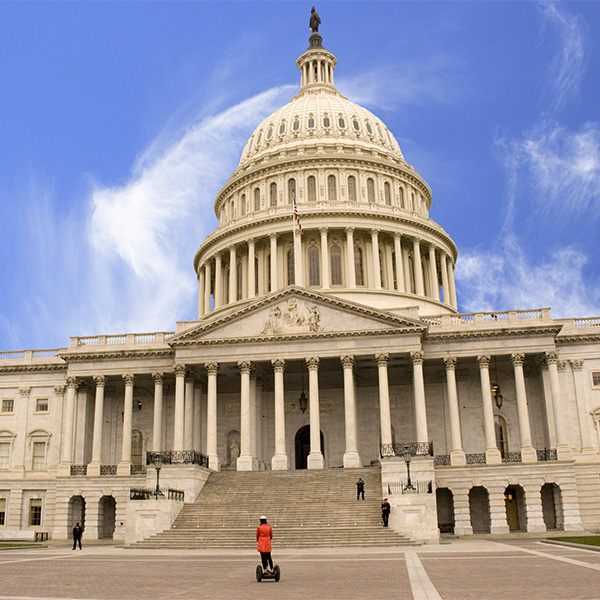
David Maiolo, CC BY-SA-3.0, via Wikimedia
The House of Representatives’ passage of the bipartisan Infrastructure Investment and Jobs Act quickly set off a chorus of praise from clean energy groups.
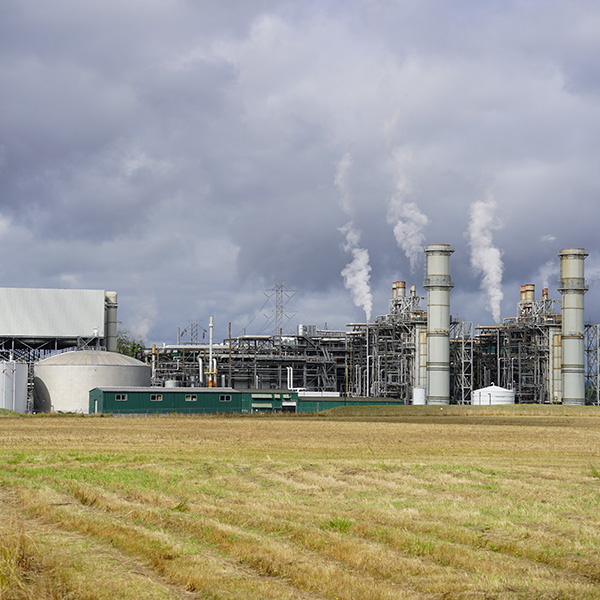
Steven Baltakatei Sandoval, CC BY-SA-4.0, via Wikimedia
There are 135 CCS facilities in the global pipeline, but the sector has a lot of room to grow, says Jarad Daniels of the Global CCS Institute.
Policies calling for reductions in CO2 emissions have transformed hydrogen from an oil refinery chemical to a top production priority for oil and gas companies.
A two-day Policy Makers Symposium at National Clean Energy Week provided insight into the mainstreaming of the clean energy transition in the U.S.
A key theme at the USEA forum was the push toward developing no- and low-carbon technologies that have applications beyond energy generation.
A trio of engineers with the John Wood Group predicted that by 2040, the U.S. will be a global leader in hydrogen production and use.
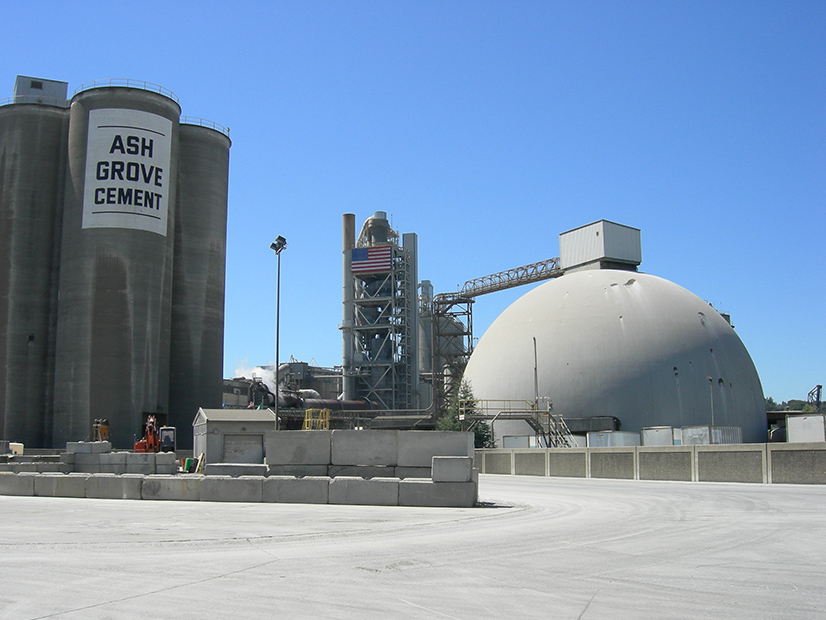
Joe Mabel, CC BY-SA 3.0, via Wikimedia Commons
There is a lot of disagreement on the need for carbon capture and sequestration technology, but DOE’s Shuchi Talati believes that the conversation can change.
Hawaii's GHG Sequestration Task Force met with state and nonprofit organizations to discuss how their projects fit into the state's sustainability plan.
Want more? Advanced Search
